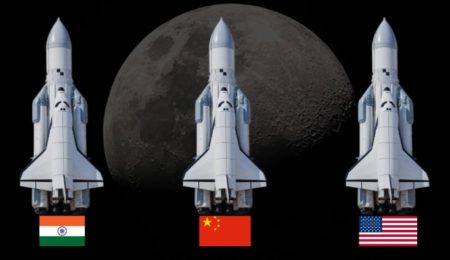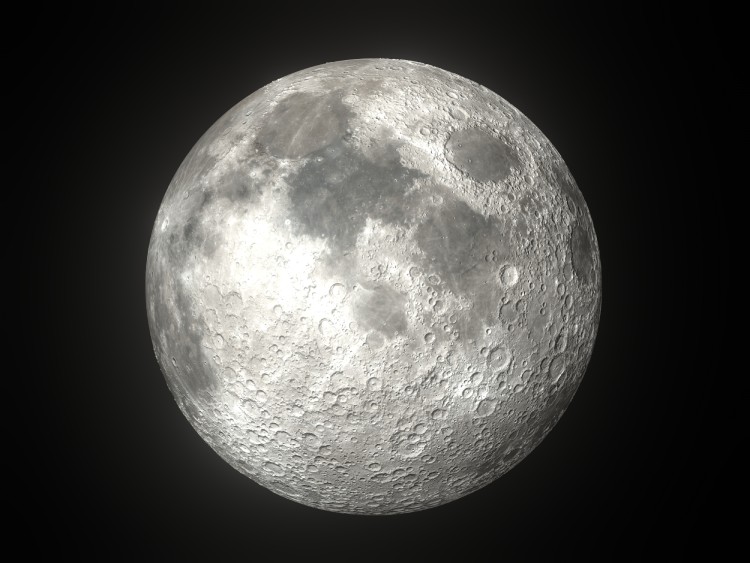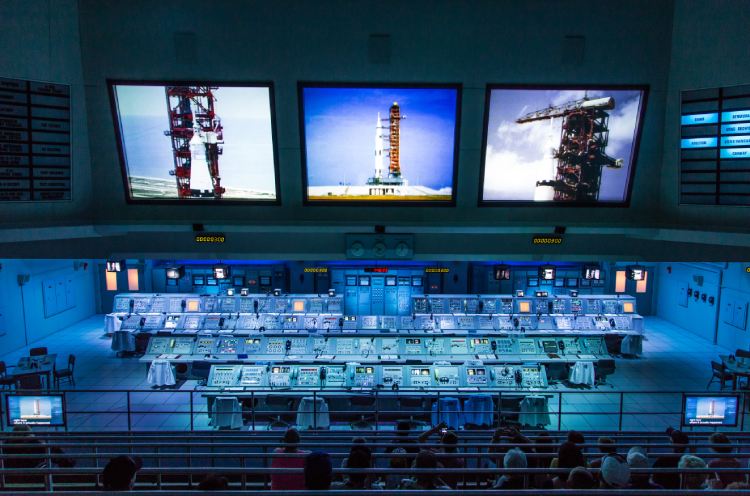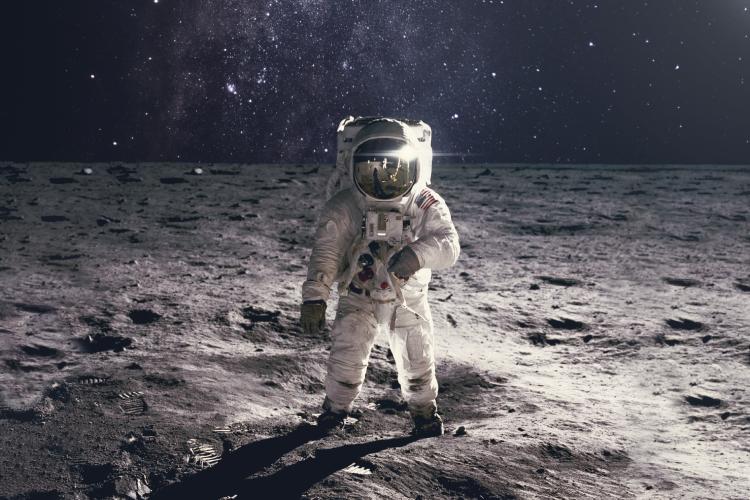What’s Fueling the New Race to the Moon?

The very first space race, which began in the 1950s, paved the way for modern space exploration. Advancing technology has allowed humans to travel further into space, with NASA’s Voyager 1 now labeled as the most distant man-made object in space. Now, countries are looking at a much closer destination in space as a possible new base of operations. A new race to the Moon has begun among several countries, with each planning both manned and unmanned missions to Earth’s satellite. But why is there such a renewed fervor to reach the Moon once again? Let’s understand the motives behind these missions and what countries hope to achieve in space.
Table of Contents
The new race to the Moon is currently taking place between six countries to accomplish a variety of goals.
As of February 2024, the renewed space race is between the United States, the United Arab Emirates, Japan, India, Russia, and China. According to the European Space Agency, over 100 Lunar missions by private companies and governments are set to take place by 2030. Last year, India and Russia both launched spacecraft to the Moon. While Russia’s Luna 25 craft failed to reach its destination due to a loss of control in orbit of the Moon, India’s Chandrayaan-3 mission became the first craft to successfully land on the south pole of the Moon.
Senior advisor for the China program at the United States Institute of Peace, Dean Cheng, claims the Moon is going to be buzzing with activity as countries try to plant their flags first. According to him, any country able to establish its Lunar presence speaks volumes about its political and economic systems as it will become a way to show dominance in geopolitical competitiveness.
In a hearing held in January 2024 regarding the United States’ new Artemis mission, U.S. House of Representatives Committee on Science, Space and Technology Chairman Frank Lucas (R-OK) voiced his concerns regarding the Chinese Communist Party’s active recruitment of partners to create a Lunar research station. He went on to add that the first country to establish a Lunar presence will be able to set a precedent for future missions.
Countries aiming for the Moon are doing it for more than just bragging rights.

Michelle Hanlon, executive director at the Center for Air and Space Law at the University of Mississippi, has labeled the Moon a proving ground for humanity. According to her, the Earth’s closest satellite can help improve humanity’s capabilities of living in space. Another reason for a new race to the Moon is it acts as a stepping stone in accessing and utilizing the many resources available in space.
Contrary to popular belief, the Earth’s satellite is not entirely barren and dry. Scientists speculate the area at the south pole, which receives the least amount of sunlight, could have vast frozen water reserves at the bottom of the large craters. This water is an essential factor of any long-term plan that involves humans existing on the Lunar surface. The oxygen and hydrogen present in Lunar water are necessary components in creating rocket fuel.
Scientists speculate the Moon is also rich in rare-earth metals and the isotope helium-3. This compound is rare on Earth but is found in abundance on the Moon and can be used to power nuclear fusion reactors. Michelle Hanlon states once scientists fully understand how to leverage nuclear fusion technology, the helium-3 isotope on the Moon can be used to power the entire Earth for centuries!
With multiple Moon missions in the pipeline, scientists are eager to understand more about Earth’s satellite.

NASA’s first manned Artemis mission, Artemis II, will launch in 2025. In 2026, the agency plans to land the first astronauts on the south pole of the Moon. China and Russia have announced plans to set up a collaborative Moon base by 2035. While Japan launched a successful Moon lander in January of 2024, The United Arab Emirates is working on Rashid 2, their second Lunar-bound spacecraft.
As the new race to the moon heats up, no matter who wins, the data these countries collect and share will be an invaluable resource for Earth’s scientists. A better understanding of the Moon can not only result in the harvesting of its resources to benefit mankind but also act as a base of operations to launch new space exploration missions and push the space colonization agenda.
























